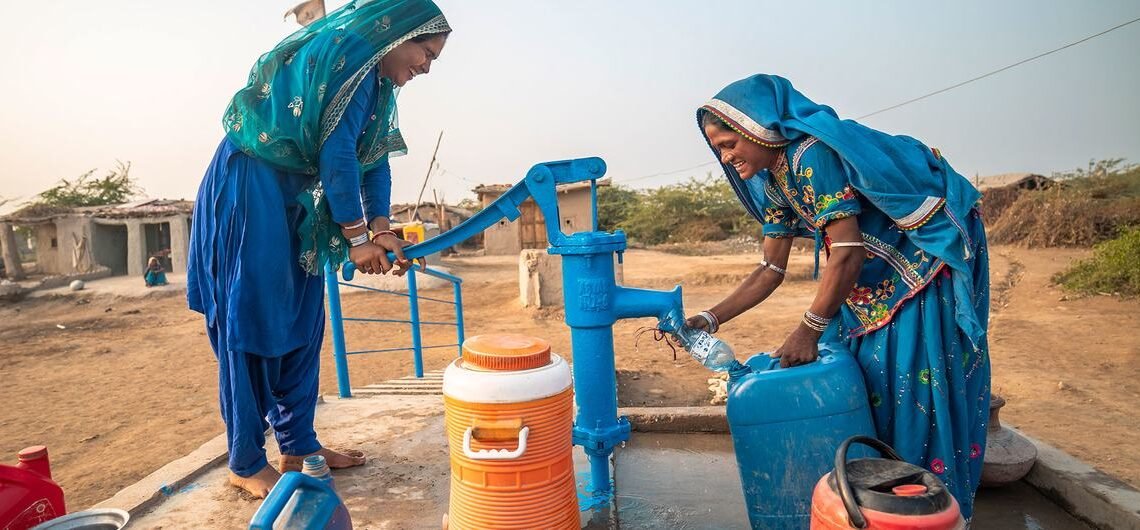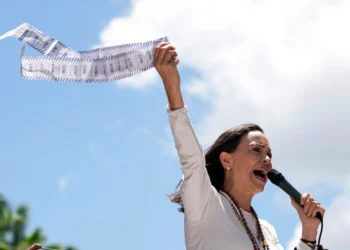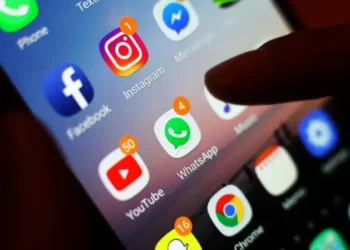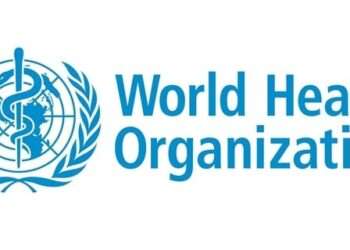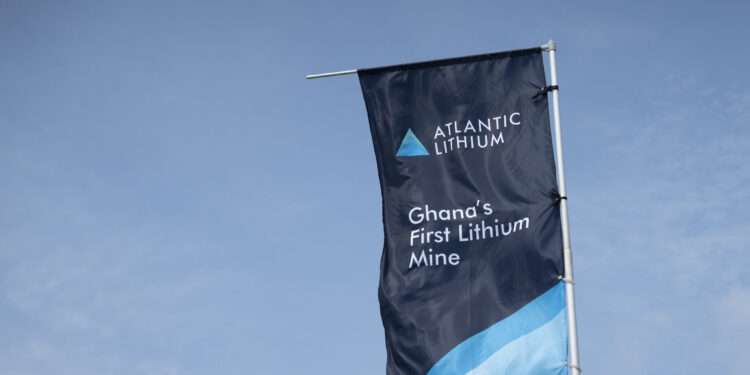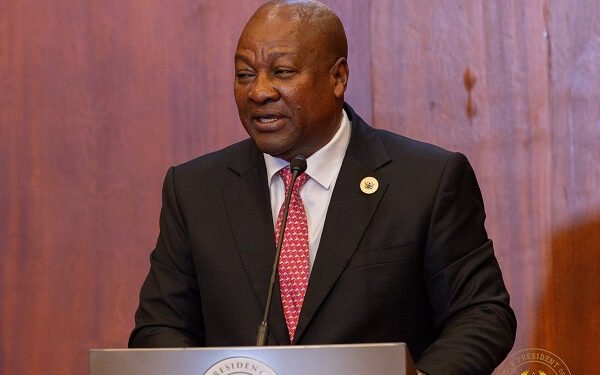Despite global progress in recent decades, billions of people across the world remain without access to safe drinking water, sanitation, and hygiene, according to a new report released by the United Nations.
The study, compiled by the World Health Organization (WHO) and UNICEF, coincided with the start of World Water Week and warned of persistent gaps that disproportionately affect the most vulnerable communities. It found that around 2.1 billion people still lack safely managed drinking water, while 106 million rely on untreated surface sources that expose them to disease.
“Water, sanitation and hygiene are not privileges, they are basic human rights,” said Ruediger Krech, Director of WHO’s Environment, Climate Change and Health Department.
The report highlighted that people in least developed countries are more than twice as likely to go without safe drinking water and sanitation services compared to those in other nations. They are also more than three times as likely to lack basic hygiene facilities.
“These inequalities are especially stark for girls who often bear the burden of water collection and face additional barriers during menstruation,” explained Cecilia Scharp, UNICEF’s head of water, sanitation, and hygiene services.
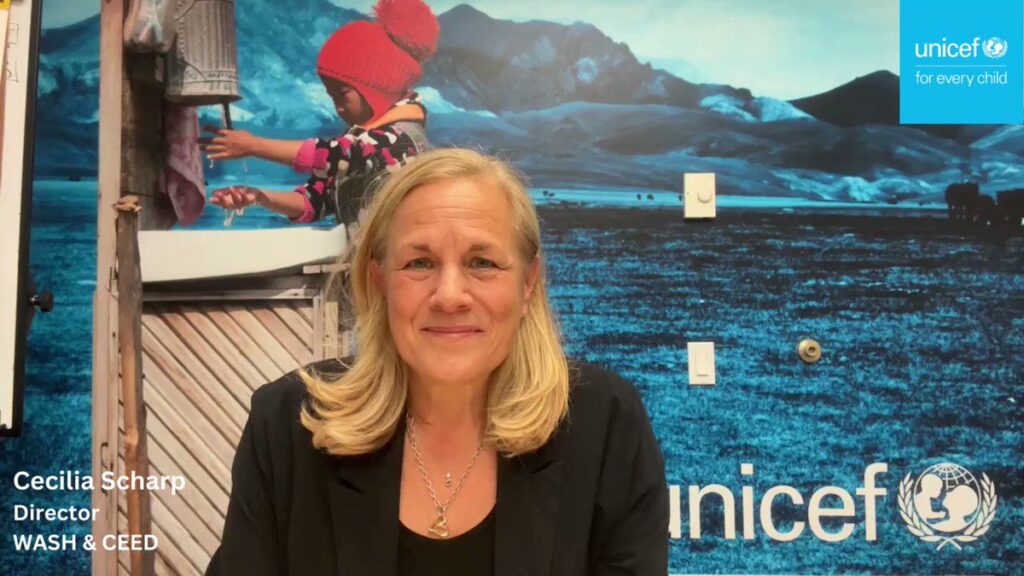
Data from 70 countries revealed that while most women and adolescent girls do have menstrual materials and access to a private place to change, many still lack enough supplies to manage their needs safely and with dignity.
The disparities not only affect health but also limit opportunities for education and social inclusion, reinforcing cycles of poverty.
Global Goals Face Challenges
The report estimates that some 1.7 billion people continue to live without basic hygiene services at home. Of these, 611 million have no facilities at all, underscoring the scale of the challenge.
“We must accelerate action, especially for the most marginalised communities, if we are to keep our promise to reach the Sustainable Development Goals,” said Mr. Krech.
The Sustainable Development Goals (SDGs), adopted in 2015, serve as a blueprint for a fairer, healthier, and more sustainable future by 2030. They build on the earlier Millennium Development Goals, but their scope is broader, covering poverty, inequality, education, gender equality, climate change, and peace.

Each of the 17 goals addresses a critical area, from eliminating hunger and ensuring quality education to expanding access to clean energy and tackling environmental degradation. Importantly, the goals stress the interconnected nature of development: progress in education or health, for example, often drives improvements in poverty reduction and economic growth.
World leaders have repeatedly urged collaborative approaches, calling on governments, businesses, civil society, and individuals to work together. While achievements have been made, challenges remain pronounced, particularly in conflict-affected and climate-stressed regions. The COVID-19 pandemic further slowed momentum, laying bare the fragility of health and water systems.
For UNICEF, the findings serve as a warning that global ambitions risk falling short.
“At the current pace, the promise of safe water and sanitation for every child is slipping further from reach – reminding us that we must act faster and more boldly to reach those who need it most.”
Cecilia Scharp
As the 2030 deadline looms, international agencies emphasize that clean water, sanitation, and hygiene must remain central to development agendas. Without urgent efforts, the gap between communities with access and those left behind will continue to widen, threatening both public health and human dignity.
READ ALSO: Lebanon To Present Plan Persuading Hezbollah To Disarm

